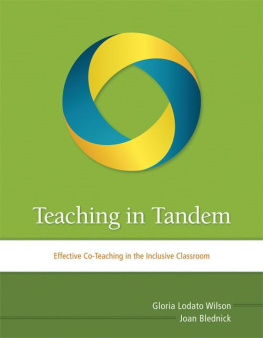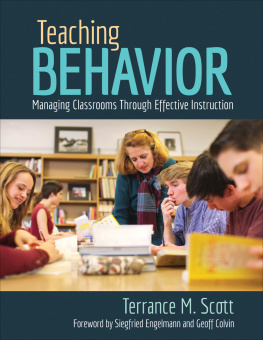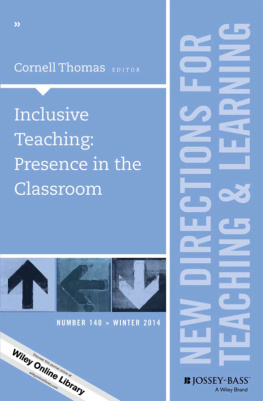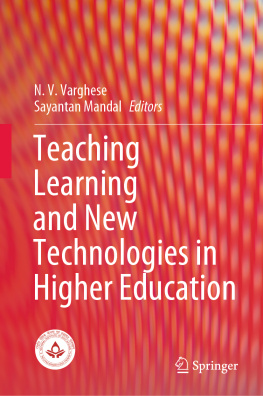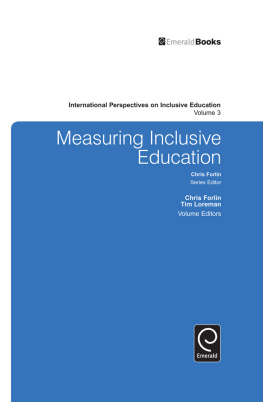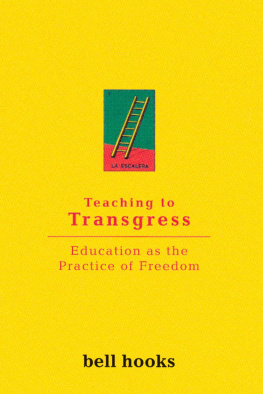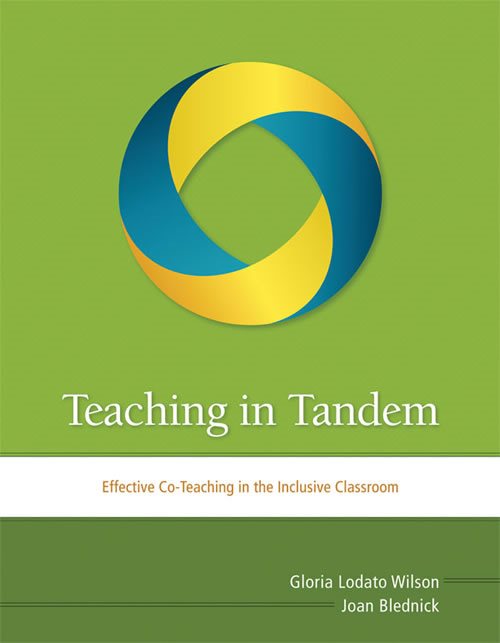Introduction
We just don't know was the response to the question What can we expect from this child? The year was 1972. The question was posed to a doctor holding a young child with special needs during the expos of Staten Island's Willowbrook State School (Primo, 1972). How did anyone know the capabilities of children who were not exposed to any typical conditions of life, including basic hygiene and social interactions? Today, with the advantages of decades of federal and state legislation, research, and the devoted practices and advocacy of educators and families, life for a child with special needs is quite different than it was in the 1970s.
But we still have the same answer to the same question: What can we expect from this child? We don't know. And we won't know unless we relentlessly push ourselves to remember that all children are entitled to experience the rhythms and conditions of life that most of us enjoy (Wolfensberger, 1972), including an education at a neighborhood school, in typical classes, with highly qualified teachers who are teaching standard curricula.
To reach that goal, schools are adopting the practice of co-teaching. Simply defined, co-teaching is the pairing of a general education teacher and a special education teacher in a classroom filled with diverse learners. We've seen it work. We've seen students with special needs thrive in classrooms where co-teachers create amazing opportunities for learning.
Admittedly, the stakes are high. Learning doesn't automatically happen when two teachers are put in a classroom. If co-teaching is done poorly, instead of getting more intensive instruction, increased opportunities to learn, and reduced stigma, students with special needs get just the opposite. Having experienced many successful co-taught classes, we are committed to supporting those co-teachers who are striving and succeeding in their quest to improve the teaching and learning of all students. Co-teaching is difficult and complex and dependent on a host of interwoven conditions (Friend, Cook, Hurley-Chamberlain, & Shamberger, 2010), but success in a co-taught inclusive class for many students with special needs is eminently possible.
As with any educational setting, there is a wide variance in co-teaching techniques, and it's typical for administrators, teachers, students, and parents to have questions about the program. What does it look like? How does it work? Is it effective? Why are we doing this? Are we doing this right? Answers to these questions are crucial to the effectiveness of the program, yet most of the questions are rarely satisfactorily answered and may be baffling to practitioners. Although some teachers and administrators may attend workshops, seminars, and college courses on co-teaching, the professional development on co-teaching is often haphazard. Teachers and administrators are involved in the program one year, but not the next; groups of teachers or administrators are trained one year, but the next group may not be given the same access to information or training. Other educators may be just interested in co-teaching but don't know where to find helpful information.
Administrators, teachers, and parents have asked where they can find reader-friendly information on co-teaching. And, now, we're giving you (and them) the answer. Teaching in Tandem: Effective Co-Teaching in the Inclusive Classroom gives concise and informative answers to a comprehensive array of critical questions and provides a much-needed resource for teachers, administrators, parents, and paraprofessionals. Written in a question-and-answer format, readers can quickly learn about the components of co-teaching. The questions are authentic, culled from the queries of active teachers and administrators, as well as from preservice teachers and parents. The information is useful to those already involved in co-teaching programs who want to make the programs more effective, and to those yet to embark on the effort. We will describe co-teaching, show you how to solve problems when new areas of difficulties arise, and provide you with a range of knowledge and tools. We've included short case studies about issues common to co-teaching situations for you to use in starting conversations and brainstorming your own solutions to day-to-day problems inherent to many co-teaching programs. In addition, each chapter addresses important and essential co-teaching components and includes voices from those involved in co-teaching programsboth positive and negative responsesas we work to dispel myths and build the scaffolds for an equitable education for all students.
Chapter 1
Understanding the Basics
I know my child has significant learning problems but I want her to have as typical a life as others. That means having high expectations and being in classes with the kids from the neighborhood.
A parent of a child with learning disabilities
It's taken me a while and it's a complex program but I'm seeing the benefits to all kids in the co-teaching classes. The co-teachers are really able to differentiate instruction to everyone in the class.
An elementary school principal
In September, it was very overwhelming but my co-teacher and I kept trying different ways of getting the students to learn and behave. By June the students with disabilities were thriving. This experience made us realize how important it is to give students with special needs a chance in a general education class.
A general education elementary co-teacher
Sometimes I really wonder if we are doing the right thing with co-teaching. I don't feel that we really address the learning needs of the students and maybe they could learn a lot more if they were in segregated settings. On a social level, I support inclusive co-teaching classes, but on an academic level I don't think the students can keep up.
A special education elementary co-teacher
Ms. Bell, the middle school special education supervisor, is talking to the parent of a student (Ramond) in the self-contained class (a substantially separate, segregated class for students with disabilities) about the benefits of learning in an inclusive, co-taught setting. Ms. Bell knows that even 5 years ago she wouldn't have been having this conversation with this particular parent. But co-teaching has been established in the middle school, and teams of teachers have become more adept at understanding the diverse needs of students, as well as their often invisible strengths. Ms. Bell believes the time is right to include students with challenging learning needs in general education classes. Ramond's mother seems a bit apprehensive but hopeful; Ms. Bell knows that it will take true collaboration among the teachers, the parent, and the administration to support this new placement. In fact, this afternoon, Ms. Bell is meeting with the 6th grade team to discuss Ramond's transition into the inclusive, co-taught classes.
* * *
The 6th grade teaching team listens as Ms. Bell details the plan for Ramond to begin attending and learning in their classes. The teaching team is Ms. Rider, special education; Ms. Simpson, social studies and language arts; Mr. Ross, science; and Ms. Levin, math. They have been working together for three years and they see how beneficial co-teaching is for all students. They listen as Ms. Bell describes Ramond. Yes, he does have difficulties with basic reading and writing skills, along with struggles in understanding and remembering content. Yet he is a hard worker, social, and eager to be part of a typical class. The teachers can see that they will really need to collaborate and plan lessons so that Ramond can learn the material. Although they are worried about the fast pace and scope of their various curriculums, they are up for the new challenges they will face while teaching Ramond. The teachers have learned through their experiences in co-teaching that together they can guide students to learn well beyond original expectations.

